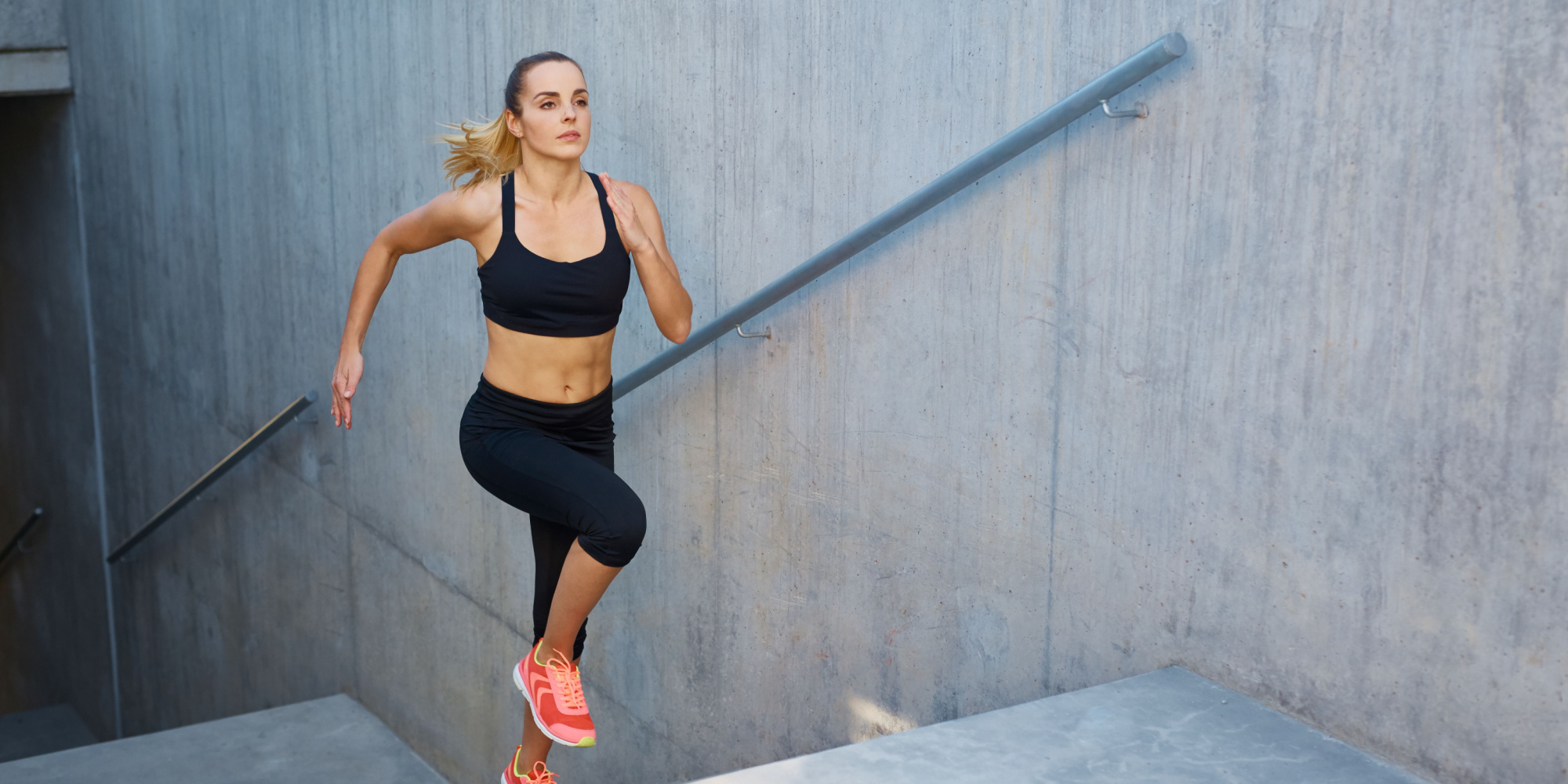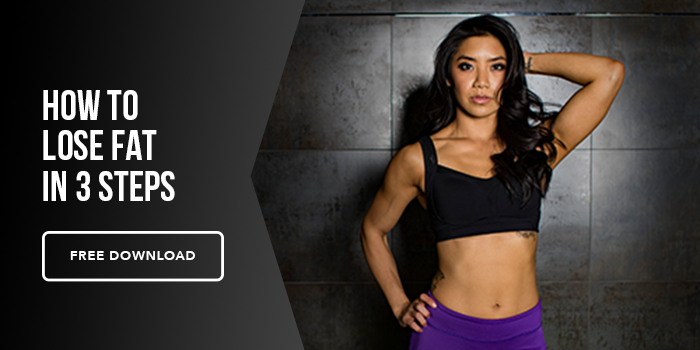There was a time when we thought that the only way to lose weight was to drastically cut calories and employ an intense, cardio-focused regimen to your routine.
Yes, both of these strategies CAN help you lose weight, but there are better, much healthier ways.
Why Cardio Isn’t The Answer
It’s relatively agreed upon that whether you are doing steady-state cardio or more of a HIIT-based program, you’ll likely burn more calories during your workout than with resistance training. Some people can burn as much as 500 calories during a 30-minute cardio session, while weight training burns about half of that (all depending on the person’s body composition and training regimen).
The problem with cardio is that despite the fact that YOU want to burn calories, your body doesn’t. Its main priority is to work efficiently, and being in a calorie deficit puts the body in a stressful environment. Short-term results with cardio may be favorable, but it is so easy to become complacent with cardio workouts, making it harder to hit higher aerobic training zones.
Also, because you burn a lot of calories with cardio, over time, your body learns to burn fewer calories during the activity. I know, it sounds crazy, but our bodies adapt in any way to ultimately preserve energy. The answer for cardio bunnies is to maintain an aerobic exercise prescription that includes varying levels of intensity, along with resistance training, to gain the positive metabolic effects.
Runners Beware
I know many avid runners and cyclists who log in hours of cardio per week, but don’t lose any weight. Their body is accustomed to that type of stimulus and muscles aren’t being challenged, or there is no progressive overload to their method of training. You’re also mainly utilizing Type I muscle fibers, which don’t initiate a muscle-building response that activating Type II muscle fibers do when lifting weights. The end result, if they want to achieve weight loss with cardio, is to increase the duration of their workout, which many people can not easily do.
I am not disregarding the positive elements of cardio; I happen to enjoy my weekly runs to maintain my endurance and cardiovascular health. But to use cardio as my main weight loss tool will likely add additional stress to my joints and lead to muscle atrophy, further hampering my metabolism and ability to burn more calories at rest. It is imperative that runners employ some sort of supplemental resistance training to avoid injury and maintain joint health and some muscle mass.
Cycling and swimming are great alternatives for decreasing stress on the joints, but as with any form of cardio, you either need to go longer (or harder) to continue to see weight loss.
Other Variables to Weight Loss
A main component to weight loss is the preservation or addition of lean mass, which in turn maintains or increases metabolic rates within the body. Cardio alone does not do that.
Another important element to mention is that for every pound lost from dieting, or dieting with cardio, about 20-30% will come from lean muscle mass. But when you combine dieting and resistance training, the loss of lean mass for every pound lost is only 3%, with the remaining 97% originating from fat. Weight loss is great, but a toned body composition provides the lean look many people wanting to lose weight strive for. The only way this can be done is with the availability of lean muscle mass.
Here are some other factors to consider that can make or break your weight loss goals.
-Calorie consumption
-Quality of nutrition
-Stress
-Sleep health
-Non-exercise activity thermogenesis
-General health factors
-Medications
If you think your cardio needs to be dialed in to lose weight, that is not the case at all. If you are chronically stressed, eating poorly, and not resistance training, spending hours on the elliptical machine or treadmill is probably the last thing you need. In fact, it may be doing more harm than good.
In the end, you don’t need to do cardio to lose weight. Adding some moderate cardio to your resistance training routine shouldn’t hinder your aesthetic and weight loss goals, but it shouldn’t be prioritized over weight training. If you have been exclusively weight training for some time, short-term, cardio-based workouts may help you initiate that weight-loss response, because your body hasn’t been exposed to this source of stress in quite some time. But for the general population, cardio is not the end-all, be-all to losing weight.






